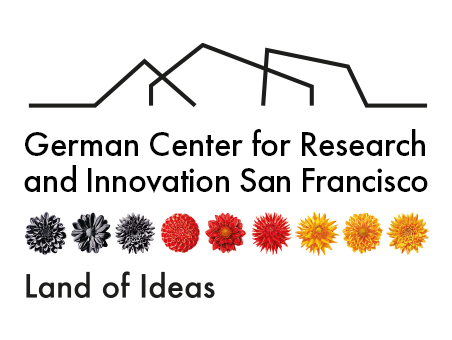Four Questions for Prof. Norbert Holtkamp
We had the pleasure of interviewing Norbert Holtkamp, one of our Falling Walls Lab 2023 jurors. Dr. Holtkamp is Professor of Particle and Particle Astrophysics and Photon Science at SLAC National Accelerator Laboratory at Stanford University which he joined in 2010. Since 2019, he is also the project director for the $1.1B LCLS-II Free Electron Laser construction project, built by 5 US national laboratories, which transitioned to operation last year. In June 2008, Dr. Holtkamp received the Gersh Budker Prize of the European Physical Society for recent, significant contribution to the accelerator field referring to the success of the SNS project.
 Please tell us a little bit about yourself, your educational background, and how you found your way to the Bay Area.
Please tell us a little bit about yourself, your educational background, and how you found your way to the Bay Area.
I was born in Germany, studied in Berlin and did my PhD at the TU Darmstadt. I worked at several large National and International Research Organizations in Germany (DESY), the US (Fermilab, Oak Ridge National Lab) and France (ITER) when I finally came to SLAC National Accelerator Laboratory in 2010. I spend much of my career building large science infrastructures and finally joined SLAC at Stanford University. I spent a sabbatical here in 1991 and always wanted to come back, waiting for the right opportunity.
Particle accelerators have led to some of the most astounding discoveries in physics, such as the Higgs boson and the top quark. What does SLAC do, and can you tell us a little bit about your work in accelerator physics?
SLAC was founded in 1962 and was built to investigate the fundamental constituents of matter. The Quarks were discovered here and the research led to 4 Nobel prizes. In parallel, synchrotron radiation — very intense hard X-rays — which was an unwanted byproduct in circular electron accelerators, developed into one of the most important research tools for material science, biology and chemistry. In 2009, SLAC commissioned the first hard X-ray laser in the world still using the 60 year old (upgraded) linac and most recently build the most intense x-ray laser light source in the world based on superconducting technology. In addition, SLAC continues to make major contributions to high energy physics at CERN, building advanced cameras and instrumentation for astronomy, dark matter and dark energy research, as well as growing the research field for X-ray laser applications.
What originally drew you to Falling Walls? Why do you think Falling Walls is a terrific opportunity for budding scientists and students?
At the first Falling Walls conference in 2009, I gave a talk about the ITER project in France, where I was at the time. I found the format entrepreneurial and clever. It engaged scientists, politicians, journalists, industry leaders and the public from around the world in an intriguing and unique way. I continued to go participate and support the conference where I can.
What is one fun fact we would never be able to guess about you?
All the other “interesting” things I did, do and plan to do…
